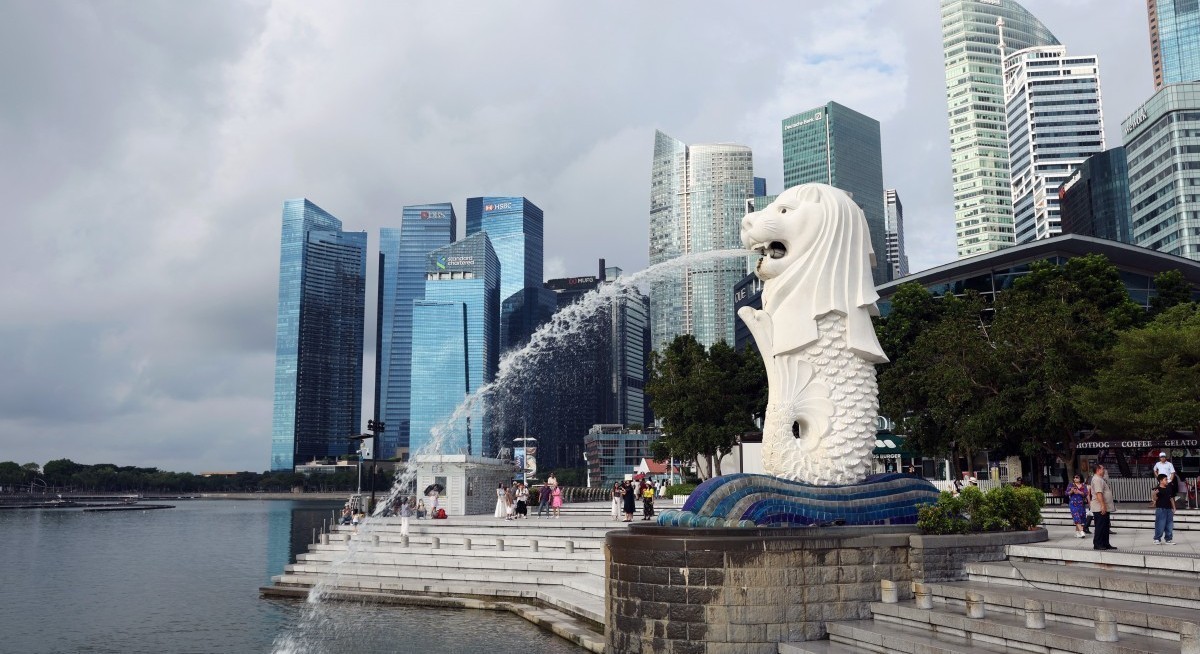“We assume a loss rate of 3% on loans to data centres, which was the peak rate for the banking sector to [the] information and communications sector since 2021 - 2025,” she adds.
Kwok’s point-in-time model excludes lenders’ allowances for credit losses and assumes no management actions to mitigate the stress, such as changes to payout policy, raising equity or cutting costs.
Based on Bloomberg data, the three local banks, DBS, Oversea-Chinese Banking Corporation (OCBC) and United Overseas Bank (UOB), as well as Standard Chartered and HSBC, have financed a total of $643 million for Nxera DCT, the regional data centre arm of Singapore Telecommunications (Singtel).
DBS and UOB have provided financing of IDR6.7 trillion ($522.2 million) for DayOne and the Indonesia Investment Authority, while OCBC, UOB, DBS, CIMB, Maybank, Credit Agricole Corporate and Investment Bank and Standard Chartered have provided RM15 billion ($4.73 billion) of multi-currency financing for the DayOne data centre in Malaysia.
See also: Morningstar keeps US$7.10 target price on ‘undervalued’ Hongkong Land
Meanwhile, DBS and OCBC financed $155 million for the BDx data centres in Singapore, while UOB financed $133 million to the Empyrion data centre, also in Singapore.
Under this extreme scenario, Kwok sees the banks’ post-stress common equity tier 1 (CET-1) capital ratios to be at least 6% above the minimum regulatory requirement of 9%. Her model is based on figures from the banks’ 2QFY2025 results.
Exposure to reach mid- to high-single digit of the banks’ loan books
See also: Singapore’s tourism to enjoy near-term tailwinds from China trip cancellations: DBS
As Southeast Asia’s rise as a regional data centre hub opens a lending pipeline for the Singapore banks, Kwok estimates exposures may reach mid- to high-single-digits of their loan books over the medium term with strict underwriting.
“From our discussions with the banks’ investor relations, DBS has $8.5 billion in data centre loans ([under] 2% of [the] group’s loans in 3Q) diversified across markets and limited to hyperscalers. UOB’s data centre exposure is low at single digits of group loans diversified across Asean and Tier 1 developed markets, mainly to hyperscalers. OCBC’s loan exposures to data centres is also low single digits of group loans, diversified across Singapore, Malaysia, United States and [the] United Kingdom, mostly syndicated loans to large corporates,” says Kwok.
While Kwok believes the banks are well capitalised, she sees two key risks to their lending: operational performance failures and development delays.
“Cross-collateralised structures magnify these: using stable data centres to collateralise new builds means a single facility failure can transmit stress across loans,” she writes.
To this end, Kwok suggests lenders can mitigate construction risks in data centres with completion guarantees, lease milestone-linked drawdowns, conservative project timelines and reserves during the grace period. She adds that tenant diversification, prudent loan-to-value ratio and strict monitoring of financial and technical performance are key.
Furthermore, lenders should have regular reporting on major incidents, uptime and tenant satisfaction. During underwriting, banks should stress-test based on hypothetical service-level agreement breaches to assess if the loan stays viable, says Kwok.




